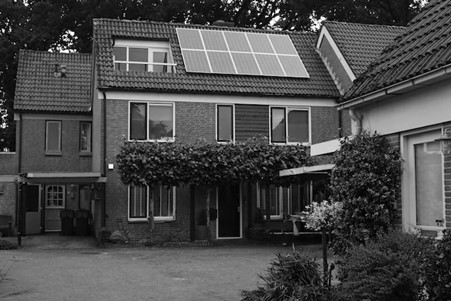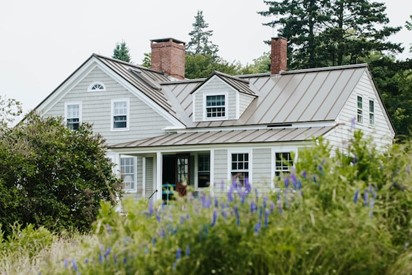
The American real estate market may be cooling, but North Carolina is still hot.
At the beginning of 2023, the median price of homes in the state was up 4.4% compared to the previous year, and by the summer it was still up nearly 3% to just over $371,000, according to Redfin. On the other hand, the number of homes for sale has dropped 7.6%, which equates to just a two-month supply of available real estate.
Caron Jones of Burlington North Carolina says that due to high interest rates, 34% of the state’s homes sold above their list prices, which is nearly a 26% decrease compared to 2022, while the sale-to-list prices kept mostly steady.
North Carolina is remaining a popular real estate market, even during uncertain economic times and higher mortgage rates. Here are some other characteristics to expect when considering a move to the Tar Heel State.
Homes are Staying on the Market Longer
But not by much. The median number of days that a home in North Carolina stays on the market was at 32 in May 2022. A year ago, it was just 24 days. The 32-day median is still well below the national average, which is around 43 days according to the Federal Reserve Bank of St. Louis.
Charlotte is Shining
The state’s largest city is predicted by Zillow to be the country’s hottest real estate market through 2023, thanks to its relative affordability, space for families, and potential for job growth as it is America’s second-largest financial industry after New York. North Carolina has consistently been top ranked as a destination for job relocation over the past few years.
Popular Metropolitan Areas
Projections for home values in some of the state’s largest metro areas have been encouraging. It is estimated that home values in Charlotte will experience an increase of 1.5% by fall 2023 and 7.6% by May 2024. The Raleigh metro area is forecasted to have its home values increase by .3% in the middle of the summer, and then by 6.3% by spring 2024. The figures are similar for the state’s other large metros, including Greensboro and Durham.
But Smaller Cities Have Grown in Popularity
Hope Mills may be a suburb of Fayetteville, North Carolina, but it remains relatively small, with a population of around 20,000. However, this has been changing rapidly, with its 39.1% increase in sales prices making it the fastest-growing market in the state. Other smaller towns like Kinston, Greenville, and North Topsail Beach are also seeing booming home sale prices.

North Carolina Rentals
Like many areas of the country with a hot single-family housing market, North Carolina is seeing high demand and price records for rentals as well. The state’s median price of rent is $1,310 according to Apartment List.
During the past year, rental rates have jumped over 11% overall. A one-bedroom averages $1,150 and a two-bedroom goes for somewhere around $1,230. While comparatively high, those figures are still below the national average rent of $1,388.
Home Improvements to Expect
Part of North Carolina’s real estate market success is due to its dedication to popular home improvement features. In North Carolina, these lucrative updates include fenced yards, gas fireplaces, a laundry closet, and aesthetic features like tiled kitchen backsplashes and ceramic flooring.


